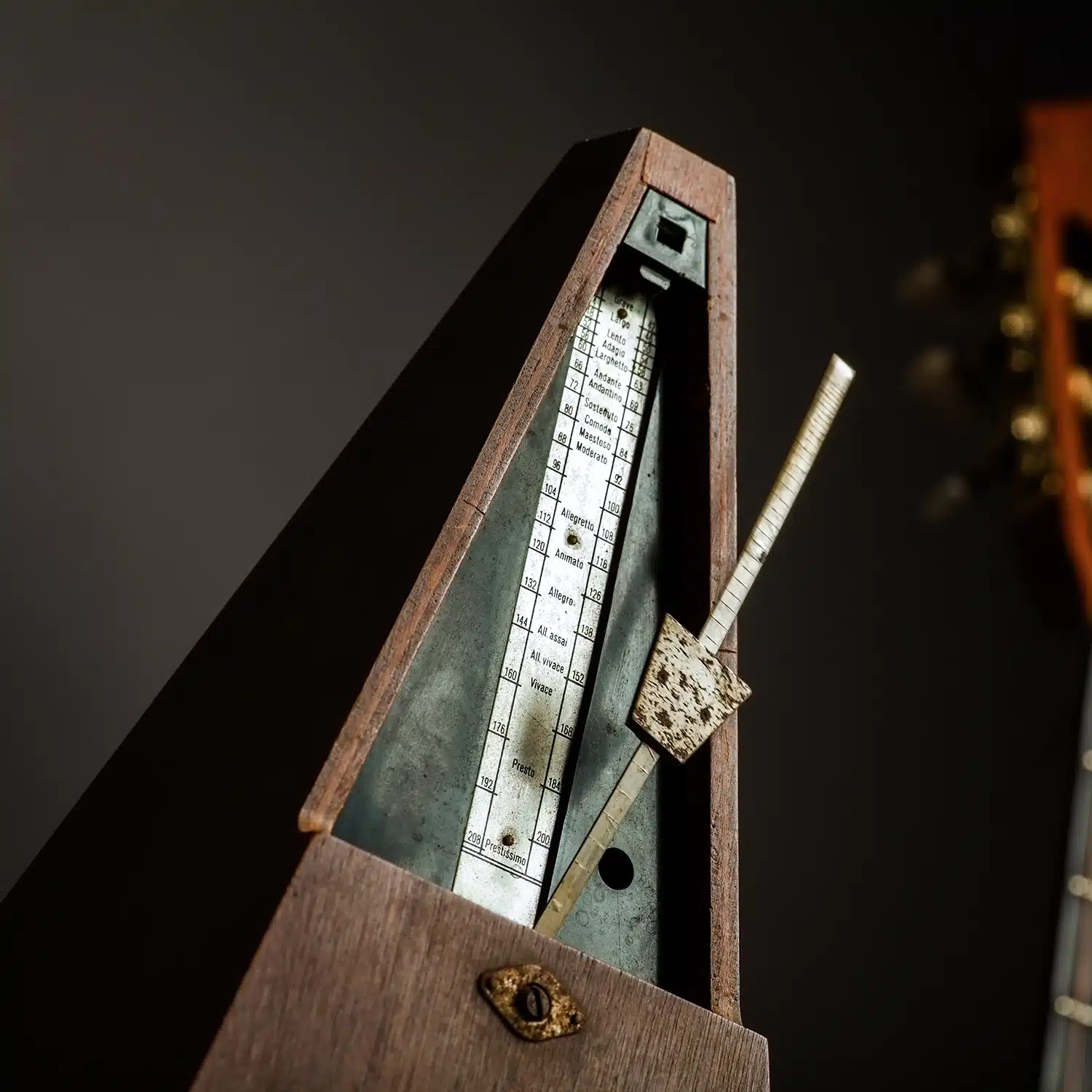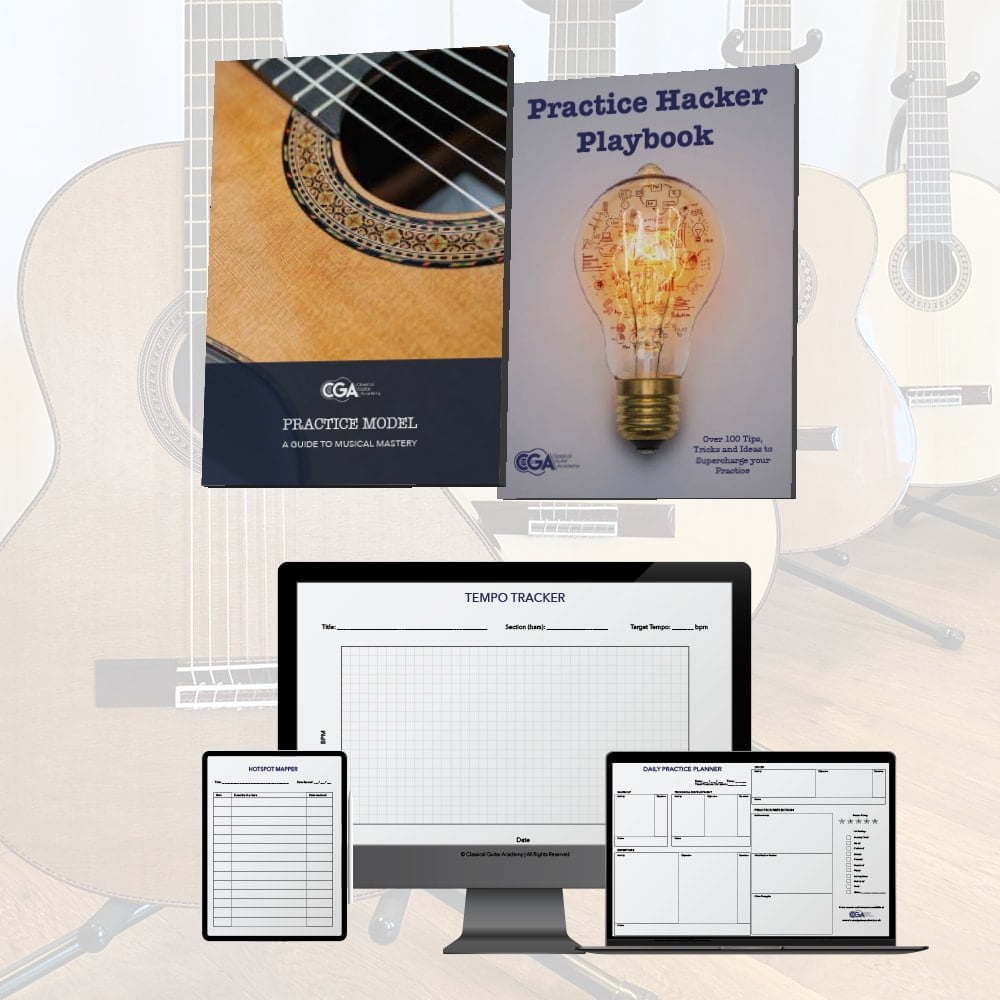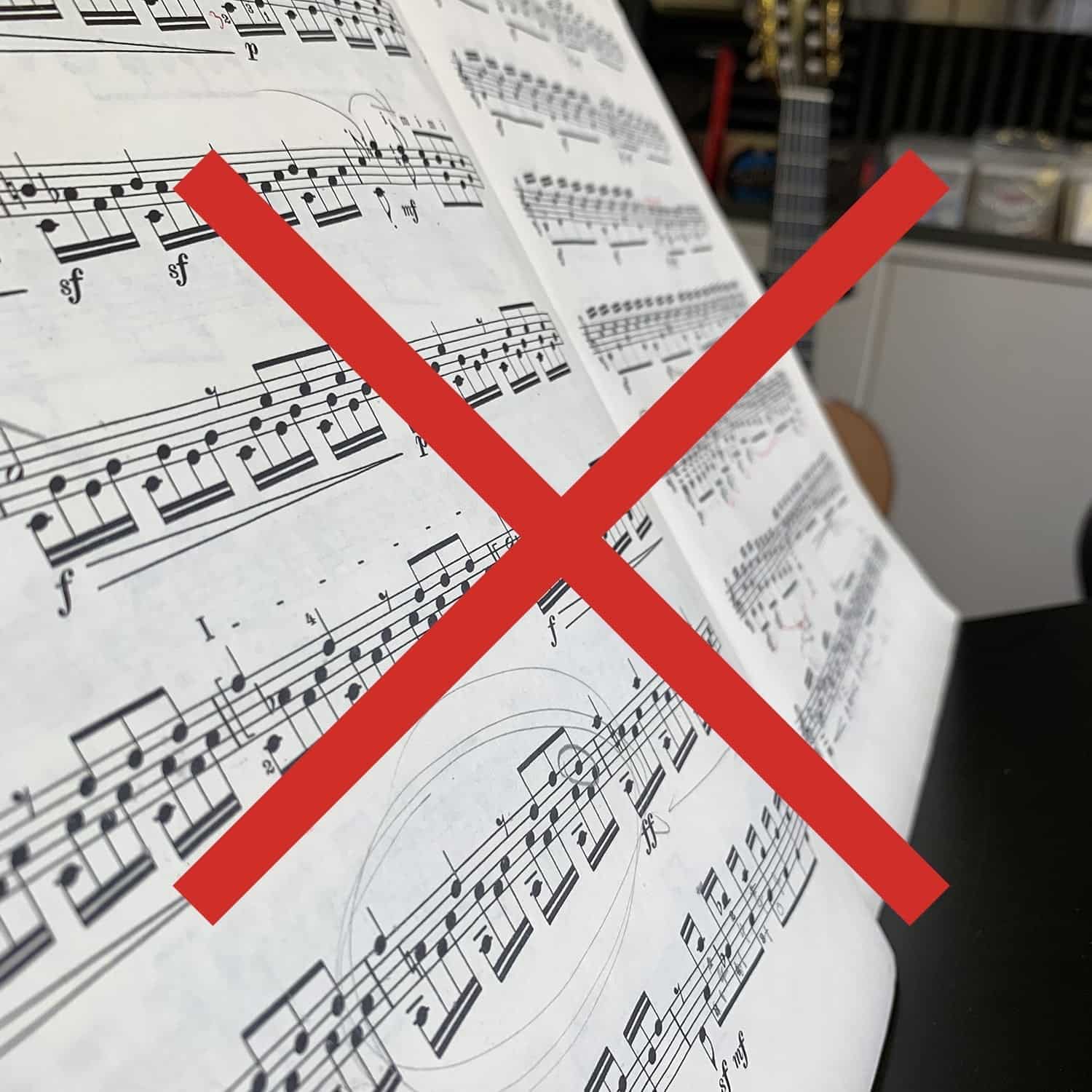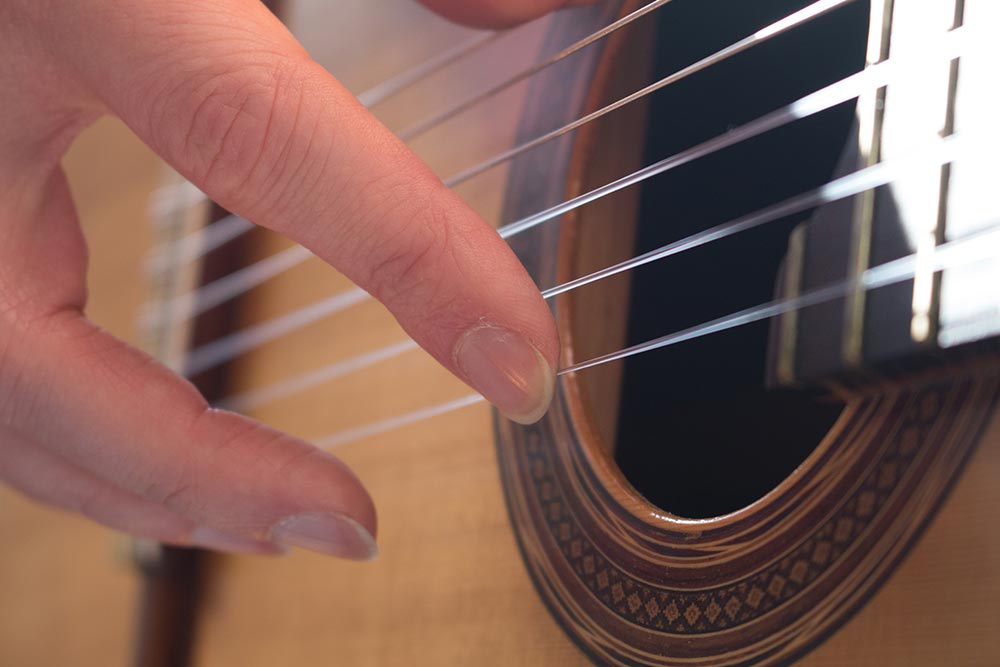Major Keys and the Major Scale
Keys are a fundamental part of music theory. We use keys to help work out which notes are in each scale or chord. Because every piece of music is essentially built of scales and chords, knowing your keys is a very important part of playing music. This lesson is designed to help you understand what keys are and how the major key is constructed.
Memorising every major and minor key can seem like a daunting task. There are 24 major and minor keys to learn in total so it can be a bit overwhelming! But don’t fret, there are several ways to work out your keys. For methods on working out major keys, check out this lesson. A lesson on working out minor keys will be published in due course.

What Is A Key?
In Western music there are twelve notes in the musical alphabet. That is to say there are twelve possible notes to choose from when composing or improvising a piece of music. You can find every note written below:
| A | A# | B | C | C# | D | D# | E | F | F# | G | G# |
When ascending in this series of notes, the note that would follow G# is A. This A is an octave higher than the one played earlier in the series. Both A’s will sound similar, but not exactly the same. This lesson won’t be going into the reasons why these two notes sound similar, however I will endeavor to write about this subject at a later date. The only thing you’ll need to know for the purpose of this lesson is that this short musical alphabet simply repeats itself over and over.
Each possible note is one ‘semitone’ away from the next. A semitone is therefore the smallest possible interval between two notes in Western music. It is uncommon for a piece of music to use all twelve notes. Using all twelve notes can make a piece of music sound uneasy and without a sense of balance, unless very carefully considered.
Instead of using all twelve notes, composers often tend to stick to a smaller selection of notes to create an aurally pleasing sound. These series of notes have large enough intervals between them to allow for consonant sounding chords and melodies to be constructed.
The most commonly used series of notes are defined as ‘Keys’. One of the most commonly used keys is the Major Key. The major key has a set formula which can be applied using any of the twelve possible notes as it’s root. This formula always generates the same aurally pleasing sound, regardless of which note you begin the sequence on.
When played in order starting on the root note, this set of notes generated using the major scale formula produces what we call the Major Scale. The major scale is simply a sequence of notes set out by the major key formula.
The Major Scale Formula
The major scale formula is described using semitone and tone denominations. A semitone is the smallest possible interval between two notes. A tone is the second smallest interval between two notes. It is best to think of a tone as being the same interval/distance as two semitones. The major scale formula describes the interval between each note of the major scale (I.e. interval between each note of the key).
The major scale formula is as follows:
| TONE | TONE | SEMITONE | TONE | TONE | TONE | SEMITONE |
When applied to a starting note (I.e. root note), we get a sequence of notes such as this. For this example I’m starting on the note C:
| C | C# | D | D# | E | F | F# | G | G# | A | A# | B | C |
By going up a TONE from C we reach D. A TONE up from D is E. A SEMITONE up from E gives you F and so on.
This gives us the following notes:
| C | D | E | F | G | A | B |
The root note is also used in the name of the major scale and therefore the name of the key. In this case, it is the C Major Scale (therefore the key of C Major).
Starting on each of the twelve possible notes in Western music will generate twelve unique sets of notes. No major key will share exactly the same notes as another; each is unique.
One of the important features to recognise is that a key cannot contain two notes of the same letter name. Each letter name must be different. For example, it is not permitted to have an A and an A# in the same key. Because of this, we sometimes have to use an alternative set of labels to describe the sound of notes that are sharp (#). Instead of thinking of notes as being sharp (I.e. a semitone higher than the plain letter name but not so high as to change it’s name), we can think of notes as being slightly lower (semitone lower) in pitch than the plain letter names. To describe these ‘slightly lower’ notes we use flats (b).
The alternative labels are as follows:
| A | Bb | B | C | Db | D | Eb | E | F | Gb | G | Ab |
For guitarists, this sequence of notes sounds identical to the sequence of notes described earlier using sharps (#). For violinists and other musicians without pitches set by their instruments, sharpened notes can be played ever so slightly higher in pitch when it is the leading note (7th note of the scale).
Here are all of the possible notes stacked on top of each other to help show which notes sound identical. These identical sounding notes are called ‘Enharmonic Equivalents‘:
| A | A# | B | C | C# | D | D# | E | F | F# | G | G# |
| A | Bb | B | C | Db | D | Eb | E | F | Gb | G | Ab |
To see how this works, let’s look at the key of F Major. We’ll begin by working out which notes are in the scale using the sequence of notes which include sharps (#).
| F | G | A | A# | C | D | E |
As you can see, this results in producing both an A and A#. By describing the notes using the sharps sequence of notes, we also end up omitting the letter B completely.
By simply using the alternative labels, the flats (b), we get the following result:
| F | G | A | Bb | C | D | E |
This now includes every letter of the musical alphabet and also does not repeat any letter names.
In the additional resources section below, you will find a shorter information sheet highlighting the main points of this lesson. I’ve also included a couple of worksheets. The first is a blank worksheet which you can use to write out all of the major keys as a practice exercise. The second worksheet is completed with all of the correct answers.
If you would like help working out all of the major keys, please read this lesson.














